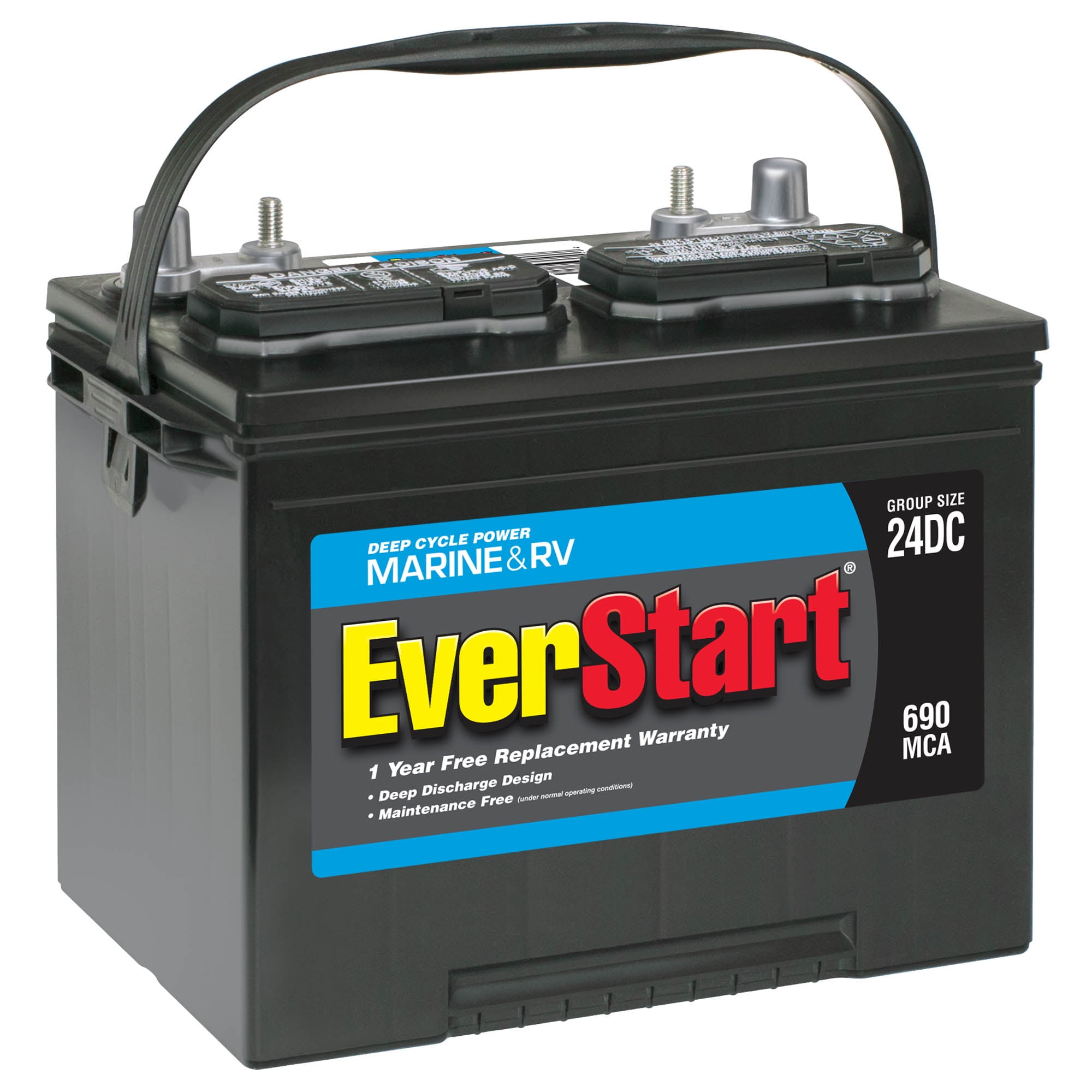
Voltage settings are measured at 25-degrees: AGM & Gel batteries: 20% of the battery’s Ah rating (100ah = 20 amp charging current).Flooded batteries: 10% of the battery’s Ah rating (100ah = 10 amp charging current).

Recommended charging parameters for lead acid battery types: If you discharge the battery to 50% of its capacity instead of 100%, the battery will produce an extra 40% more amperes over the life of the battery.īATTERY TIP 5 - Always ensure the charging settings match the battery! We recommend discharging a battery to no lower than 50% DOD, with a maximum of 80%. The deeper you discharge the battery the more it will reduce the battery’s total cycle life. When the battery is fully charged, fill to the bottom of the spout extensions.īATTERY TIP 4 - Never fully discharge a deep cycle lead acid battery! Top up using distilled or demineralised water and never fill with sulphuric acid. If topping up is required, do not over fill when the battery is discharged as the fluid levels will rise when the battery is charged and may overflow. If you have a maintainable battery, it’s important to check if the battery has sufficient electrolyte covering the battery plates. Deep cycle batteries are not designed to be kept in a low state of charge and will build up sulphation on the battery plates that will reduce the performance and cycle life of the battery.īATTERY TIP 3 - Do not overfill maintainable deep cycle batteries! When the battery is not in use, recharge it if the open circuit voltage (OCV) drops below 12.5 volts.

Avoid using maintainable batteries as the higher gassing rates can corrode and damage the electrics in the application.

Near sensitive electronics - use a Yuasa AGM or SMF flooded battery.When choosing a deep cycle battery, many consumers focus on the price, physical size, weight or capacity of the product, without taking into consideration where the battery is located in the application.

#DEEP CYCLE BATTERIES FULL#
80% DOD means that 80% of the energy has been discharged so the battery now holds only 20% of its full capacity.īATTERY TIP 1 - Select a deep cycle battery that suits the environment! For example, 50% DOD means that half of the energy in the battery has been used. GRID DIFFERENCES BETWEEN DEEP CYCLE AND STARTING BATTERIESĭeep cycle batteries have thicker plates to handle deeper discharges, different grid patterns to improve current flow, higher density paste to increase cycle life and use different grid compositions depending on battery type (AGM, flooded or gel) to maximise service life.ĭOD is the amount of energy that has been removed from the battery, which is expressed as a percentage of the total capacity of the battery. Starting batteries (sprinters) are specially designed to start the engine, work as a voltage stabiliser and run accessories when the engine is not running.Deep cycle batteries (marathon runners) are designed to deliver sustained power with low current draw over extended periods of time.WHAT IS THE DIFFERENCE BETWEEN DEEP CYCLE AND STARTING BATTERIES?
#DEEP CYCLE BATTERIES PLUS#
In a battery, one discharge plus one recharge equals one cycle. A deep cycle battery is a lead-acid battery designed to be regularly discharged then recharged again.


 0 kommentar(er)
0 kommentar(er)
